Body Heat (1981) – The Sultry Resurrection of Noir in a Decade of Desire
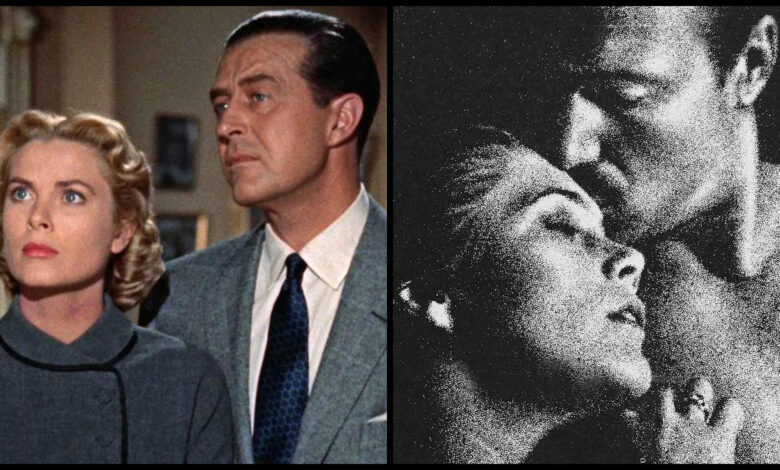
A Return to the Smoldering Shadows
In the summer of 1981, cinema screens shimmered not only from the heat of the season but from the incandescent flames of Body Heat, a neo-noir thriller that revived the sensuality, moral ambiguity, and fatalism of classic film noir for a new generation. Directed and written by Lawrence Kasdan, Body Heat introduced a sultry reimagining of noir’s hardboiled heritage, delivering an intoxicating blend of sexuality and suspense that left an indelible mark on Hollywood’s portrayal of desire and danger.
Starring William Hurt and Kathleen Turner, both magnetic in their chemistry, the film unfolds like a fever dream—a slow burn drenched in sweat, deception, and atmospheric menace. More than just an erotic thriller, Body Heat is a masterclass in genre revival, a love letter to the noir tradition, and a bold assertion of style over convention. This article explores the film’s origins, cinematic influences, thematic depth, critical reception, and its lasting legacy in the annals of American cinema.
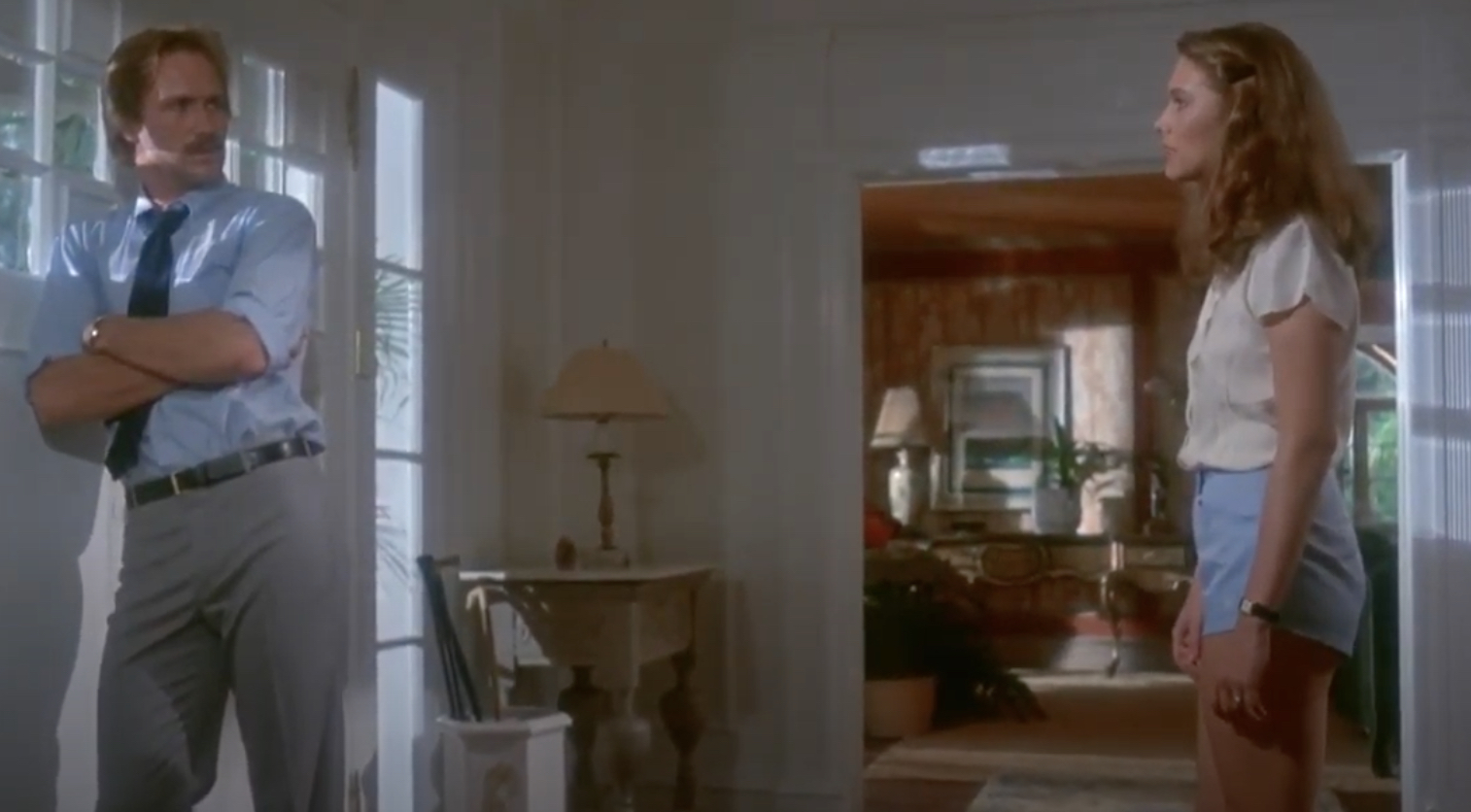
Part I: The Genesis of a Sultry Classic
Lawrence Kasdan’s entry into directing came with high expectations. Having penned screenplays for The Empire Strikes Back (1980) and Raiders of the Lost Ark (1981), Kasdan was already recognized as a writing force. But with Body Heat, he took the reins of a smaller, more personal project, influenced by the smoky shadows of 1940s noir, especially Billy Wilder’s Double Indemnity (1944).
Kasdan sought to resurrect the atmospheric intensity and fatalistic allure of classic noir, filtered through the lens of modern sensibilities and the newly relaxed censorship codes. With explicit eroticism and morally compromised characters, he crafted a story that paid homage to noir’s essential structure while amplifying its sexuality and psychological complexity. The setting—steamy, torchlit Florida—was no accident. Rather than the rain-soaked alleys of Los Angeles, Kasdan’s noir simmered under the sun, where the heat became its own character.
Part II: Plot Overview – When Lust Burns Hotter than Murder
Body Heat follows Ned Racine (William Hurt), a lackadaisical, somewhat unscrupulous lawyer in a small Florida town. As temperatures soar during a particularly oppressive heatwave, Ned meets Matty Walker (Kathleen Turner), the sultry and mysterious wife of a wealthy businessman. The two embark on a torrid affair, their passion fueled as much by physical desire as by unspoken danger.
Their clandestine meetings soon evolve into a murderous plot. Matty manipulates Ned into helping her kill her husband, Edmund Walker (Richard Crenna), promising a life of passion and riches. What begins as a crime of passion quickly spirals into a maze of betrayal, double-crosses, and legal complications. As Ned finds himself entangled in a web of deceit, he realizes too late that he’s not the puppet master—but the puppet.
Kasdan’s screenplay is elegantly structured, each act deepening the tension while peeling back the layers of Matty’s character. What seems like a straightforward femme fatale performance becomes something far more sophisticated: a performance within a performance. And by the time the final twist reveals the full extent of her machinations, the viewer is left both stunned and oddly satisfied.
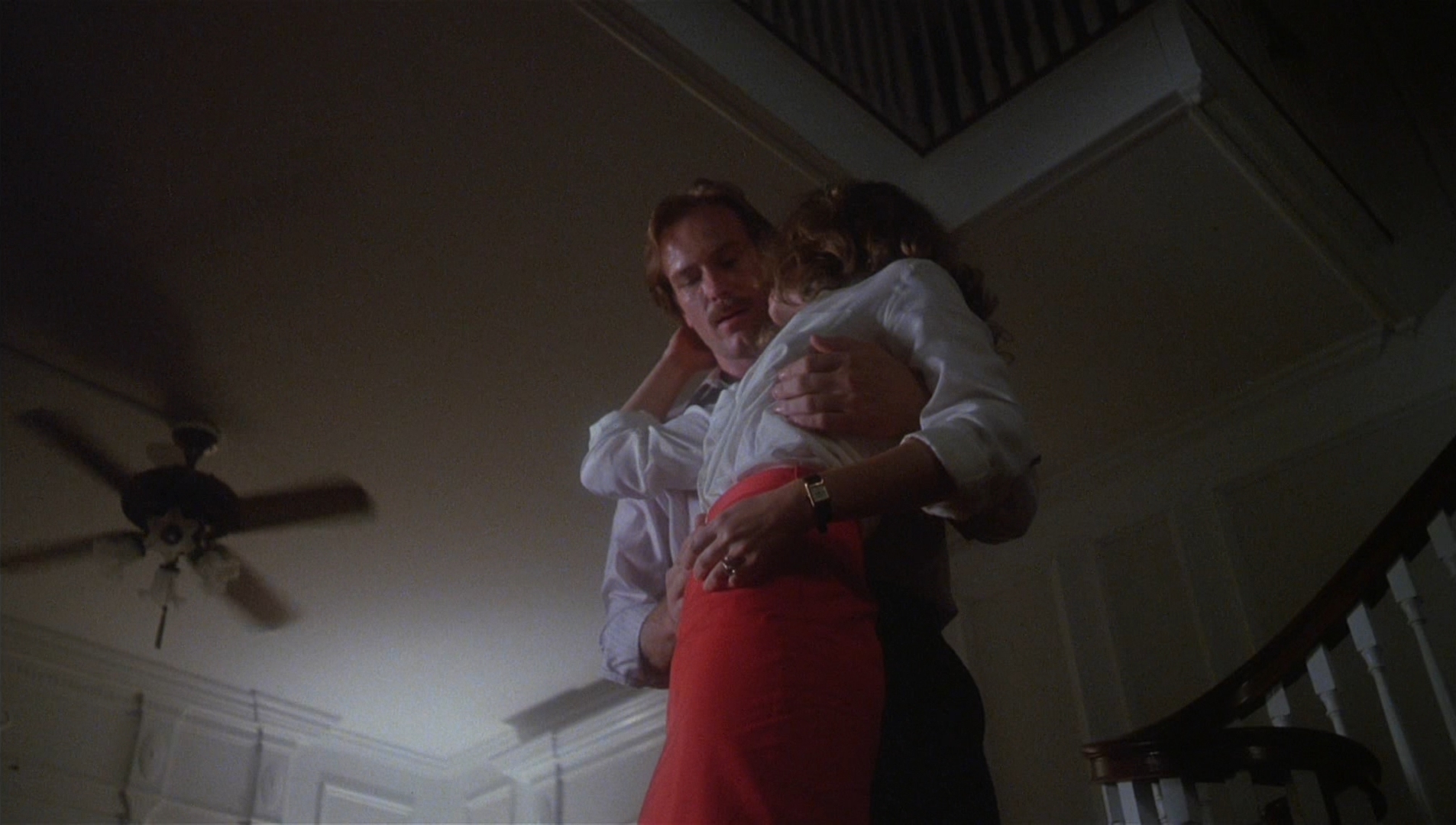
Part III: The Femme Fatale Reimagined – Kathleen Turner’s Electric Debut
Kathleen Turner’s debut performance as Matty Walker is nothing short of iconic. With a voice that evokes Lauren Bacall and the smoldering presence of Rita Hayworth, Turner didn’t merely play the femme fatale—she redefined it. Her Matty is not just seductive but calculating, intelligent, and masterfully manipulative. She weaponizes her sensuality, orchestrating a symphony of destruction with a grace that is both terrifying and intoxicating.
The power of her performance lies in restraint. Turner doesn’t oversell the danger; she underplays it, making her all the more unnerving. She walks a fine line between vulnerability and control, making it impossible for both Ned and the audience to ever truly understand her until it’s too late. In many ways, Matty represents a feminist inversion of the classic noir archetype. She’s not just a tool of destruction; she’s its author.
Part IV: William Hurt’s Portrait of a Man in Decline
William Hurt’s portrayal of Ned Racine is equally vital to the film’s effectiveness. He’s not a hard-boiled detective nor a noble antihero. He’s flawed, weak, vain, and tragically human. Hurt gives Ned a lethargic charm, the kind of man who has coasted through life without ever facing real consequences—until Matty. His descent into criminality feels inevitable, not because he’s evil, but because he’s gullible, impulsive, and too blind to see the trap being laid before him.
Hurt’s performance captures the essence of noir’s male protagonists—self-destructive, emotionally starved, and forever reaching for something that promises meaning, only to grasp smoke. His chemistry with Turner is electric, and it’s that intensity that sells their affair as both believable and fated to implode.
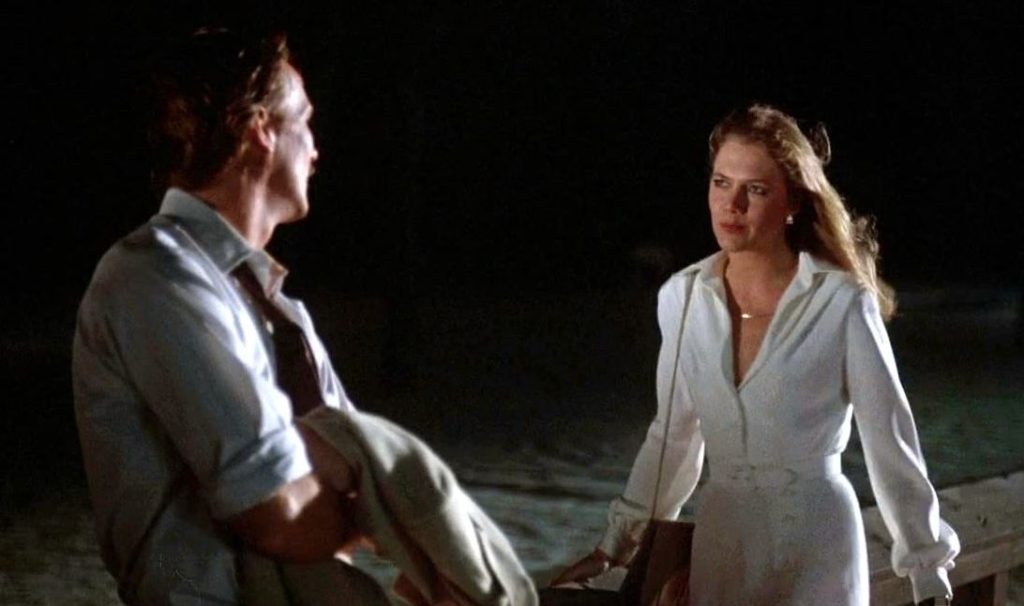
Part V: Cinematic Techniques – Heat as Metaphor, Light as Language
Body Heat is a film that speaks through its visuals as much as through dialogue. Cinematographer Richard H. Kline bathes the film in a hazy, amber glow, creating an almost oppressive atmosphere. Every frame seems to drip with sweat, desire, and tension. The use of venetian blinds, flickering fans, and candlelit interiors evokes the visual language of classic noir, while adapting it to the climate of modern eroticism.
The heat itself is metaphorical. It represents lust, moral decay, psychological pressure, and the inescapable consequences of desire. It’s a silent character, suffocating the town, fogging Ned’s judgment, and symbolizing the hell he is about to enter.
John Barry’s haunting musical score underpins this mood with elegance and melancholy. Best known for his work on the James Bond films, Barry here delivers a sultry, slow-moving score that lingers like perfume in a hot room. The music is never intrusive but always suggestive, perfectly mirroring the film’s themes.
Part VI: Themes – Desire, Control, and the Folly of Men
At its heart, Body Heat is a film about control—who has it, who thinks they have it, and who is hopelessly deluded. Matty understands power: how to wield it, how to hide it, and how to weaponize weakness. Ned, on the other hand, believes he is orchestrating events, unaware that he is being moved like a pawn.
The film interrogates the nature of male fantasy, particularly the fantasy of the compliant, loving woman who seeks escape and salvation in the arms of a flawed but devoted man. Matty uses that very fantasy against Ned, feeding him just enough illusion to keep him bound, even as she leads him toward ruin.
There is also a larger commentary on justice and law. Ned, as a lawyer, should be the protector of the system—but he manipulates it and is ultimately consumed by it. The legal complications that arise from Edmund’s murder are not just plot devices; they’re symbolic of the idea that crimes of passion are never clean. The system is a trap, just like Matty’s love.

Part VII: Critical Reception and Cultural Impact
Upon its release, Body Heat garnered critical acclaim, with particular praise for Kasdan’s writing, Turner’s breakout performance, and the film’s unapologetic eroticism. Roger Ebert described it as “a sensual noir, beautifully crafted and ferociously acted.” The film was a commercial success as well, proving that audiences were hungry for intelligent thrillers that respected their maturity and intellect.
More than just a hit, Body Heat opened the floodgates for the erotic thriller boom of the late 1980s and early 1990s. Without Body Heat, there would likely be no Fatal Attraction (1987), Basic Instinct (1992), or The Last Seduction (1994). It re-legitimized adult storytelling in Hollywood and showed that sex and substance could coexist.
The film also launched Kathleen Turner into superstardom. She would go on to play a series of smart, seductive roles, but none would ever eclipse the shadow of Matty Walker. William Hurt, already acclaimed for his stage work, solidified his position as one of America’s most thoughtful leading men.
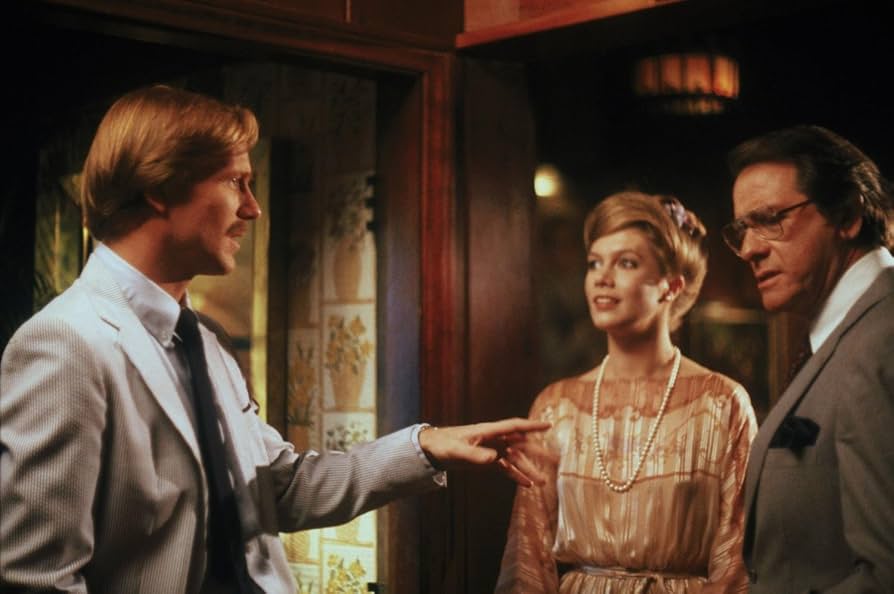
Part VIII: Legacy and the Enduring Power of Neo-Noir
Body Heat remains one of the definitive neo-noirs, a film that respects its ancestors but dares to evolve the genre. Its influence can be seen in both indie and mainstream cinema, in thrillers that blend desire with destruction, and in characters who wear masks behind masks.
It also remains a benchmark for how to write a tight, morally complex script. Kasdan’s dialogue is sharp, often laced with innuendo, and his pacing never falters. Each scene builds toward the inevitable collapse, and when it arrives, it feels both shocking and right.
The film’s ending—ambiguous, ironic, and chilling—cements its status as a true noir. There are no heroes, only survivors. And even survival comes at a cost.
When Passion Ignites the Noir Flame
Body Heat is more than a film; it’s an experience—a plunge into a world where the air itself seems flammable, and every touch carries the threat of annihilation. It resurrected noir for a new era, wrapping its black heart in the sultry linens of eroticism and legal thriller intrigue. With unforgettable performances, impeccable direction, and a screenplay that smolders as much as it stings, it remains a defining piece of 1980s cinema.
In a time when Hollywood increasingly plays it safe, Body Heat endures as a reminder of what happens when filmmakers dare to embrace danger—not just on the screen, but in the storytelling itself. It is a film that still burns, still beguiles, and still reminds us that sometimes, the most seductive thing of all is what we cannot have… and should never have touched.





